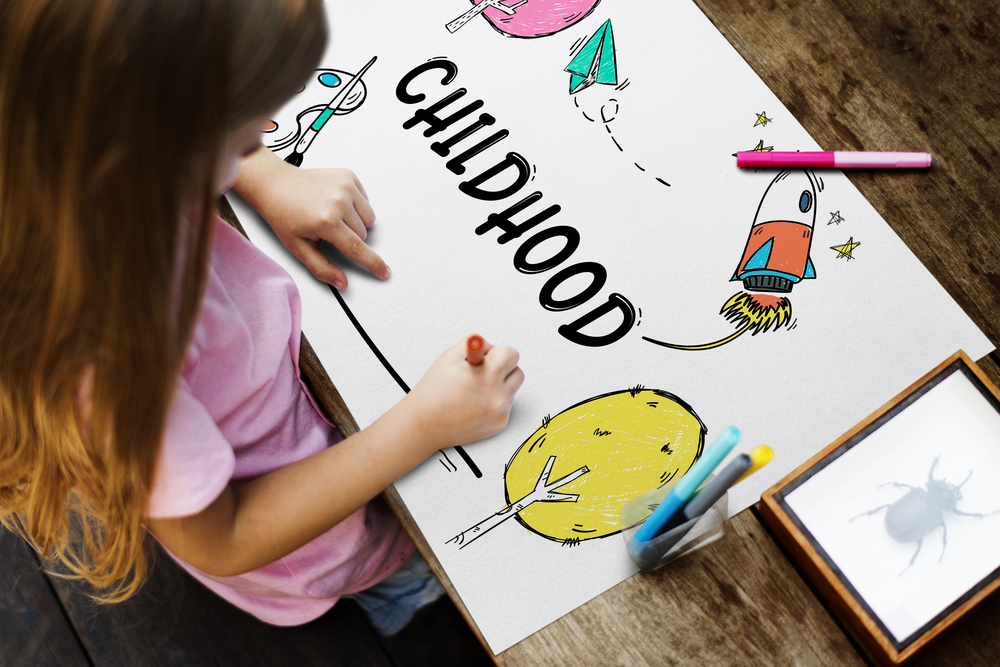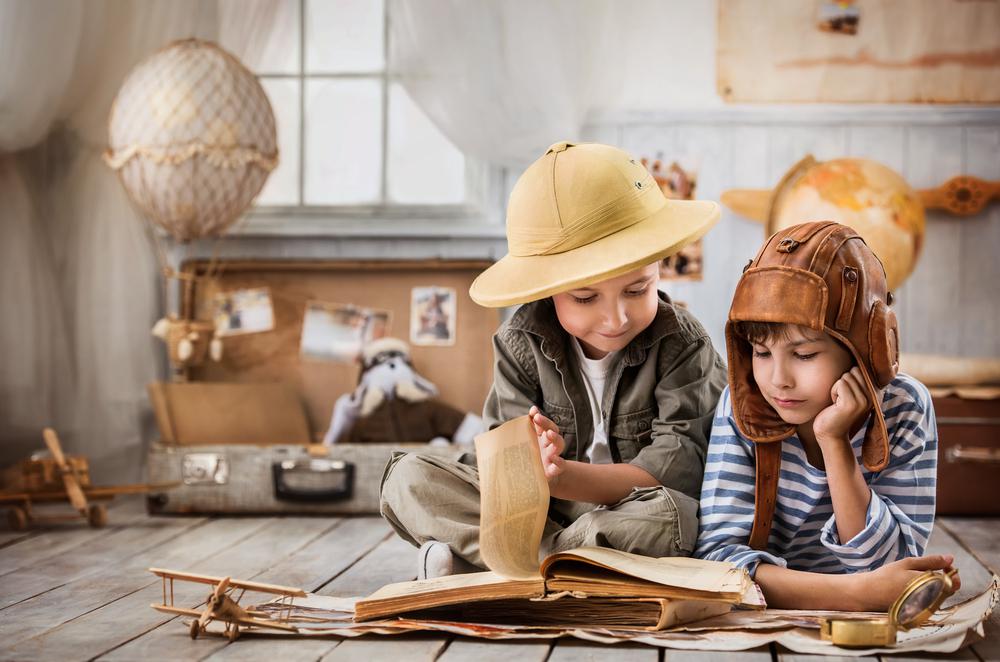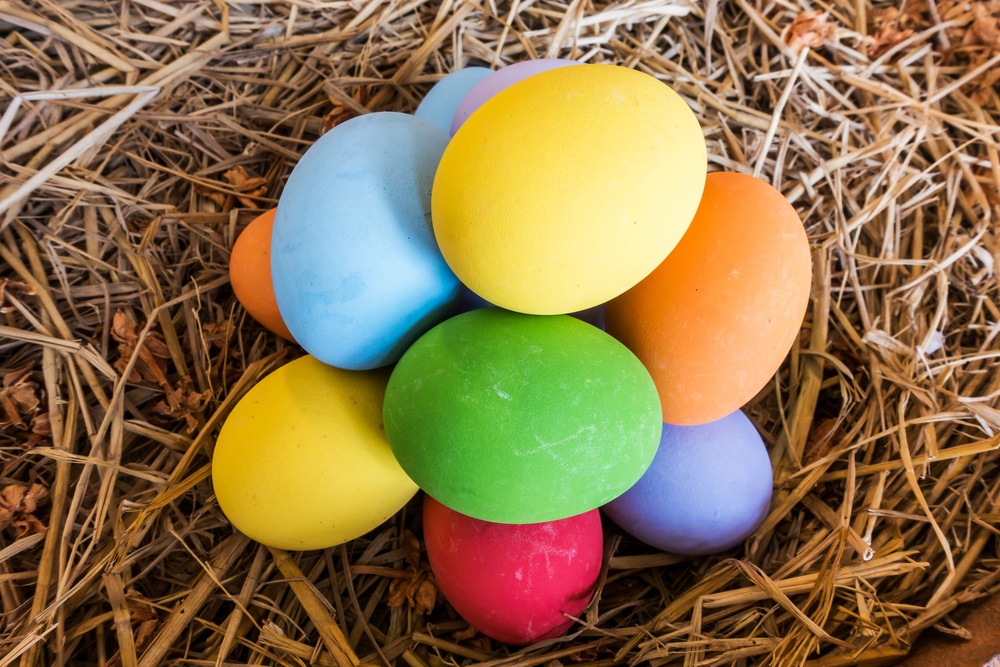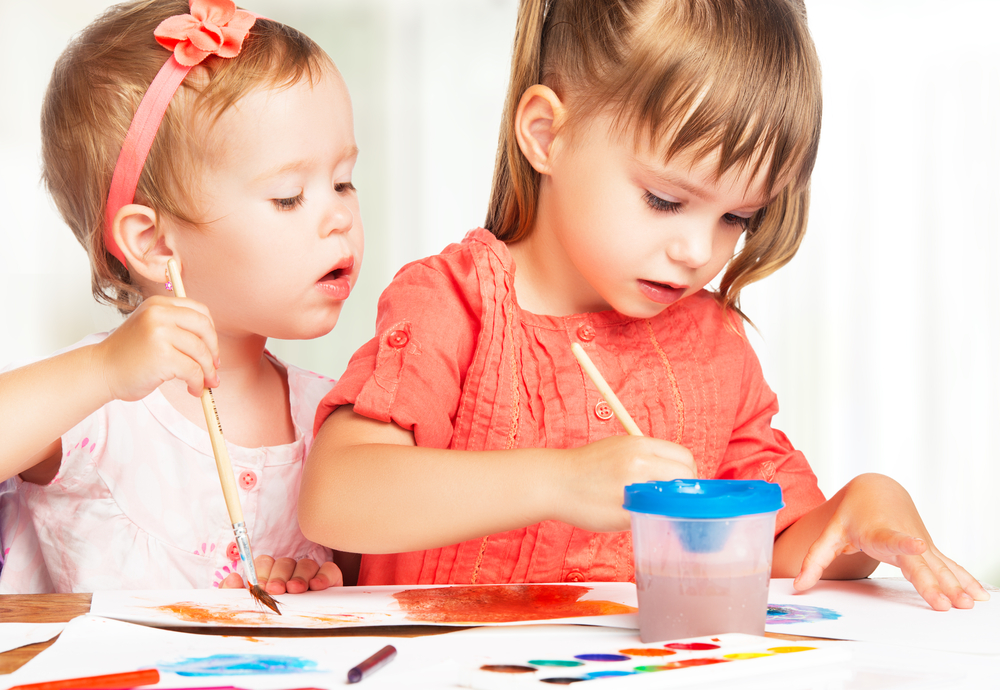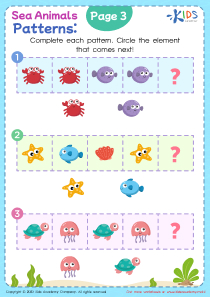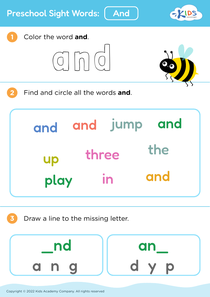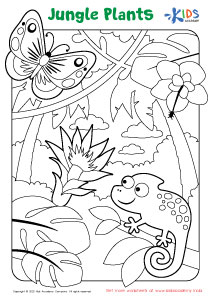Comparing objects Preschool Worksheets
3 filtered results
-
From - To
Welcome to our "Comparing Objects Preschool Worksheets" page! These engaging worksheets are designed to help young learners develop essential skills in comparing and contrasting various objects. Through fun activities, children will enhance their observational abilities and critical thinking skills as they explore differences in size, shape, color, and quantity. Each worksheet is crafted to be interactive and enjoyable, fostering a love for learning while building foundational concepts in early education. Perfect for preschool classrooms or at-home learning, these resources encourage preschoolers to express their thoughts and refine their understanding of the world around them. Start comparing today!
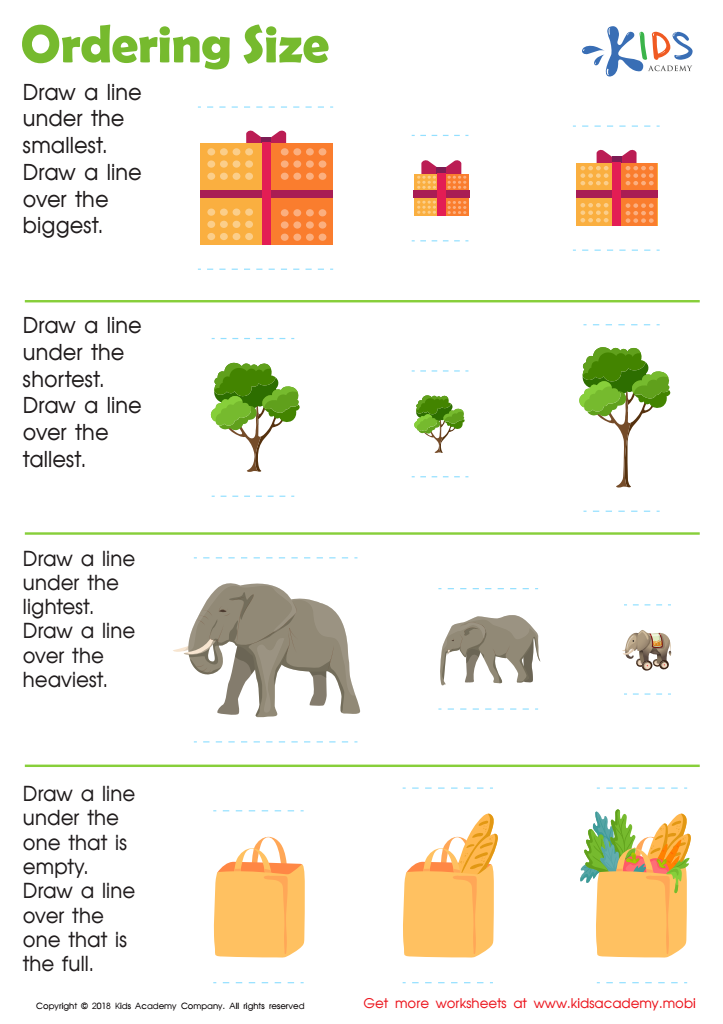

Ordering Size Worksheet
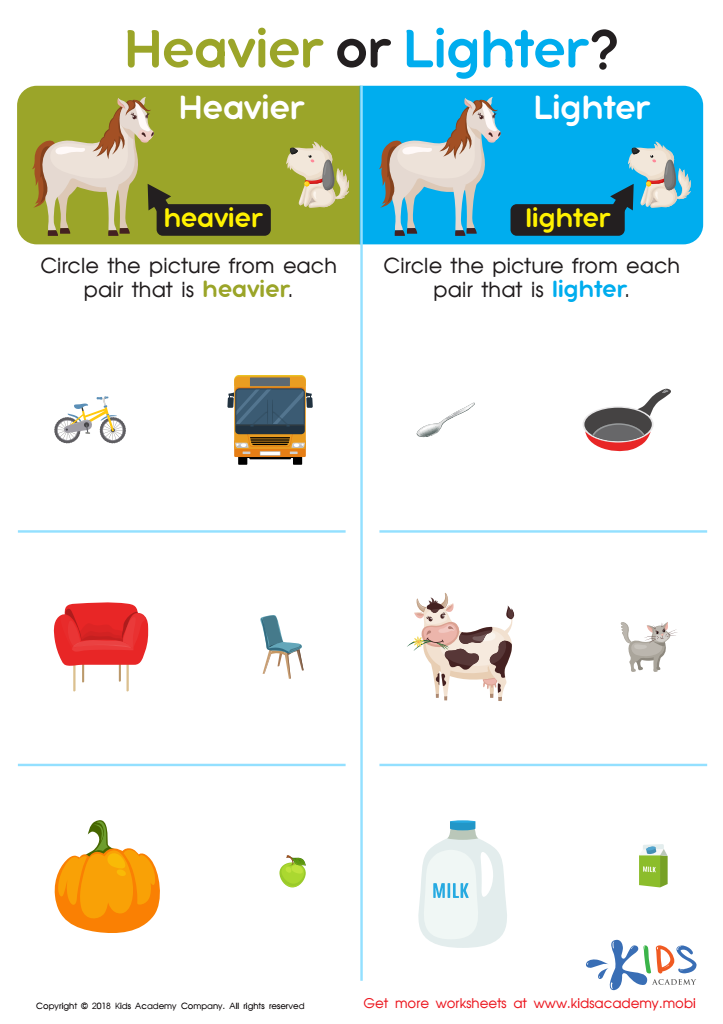

Heavier or Lighter? Worksheet
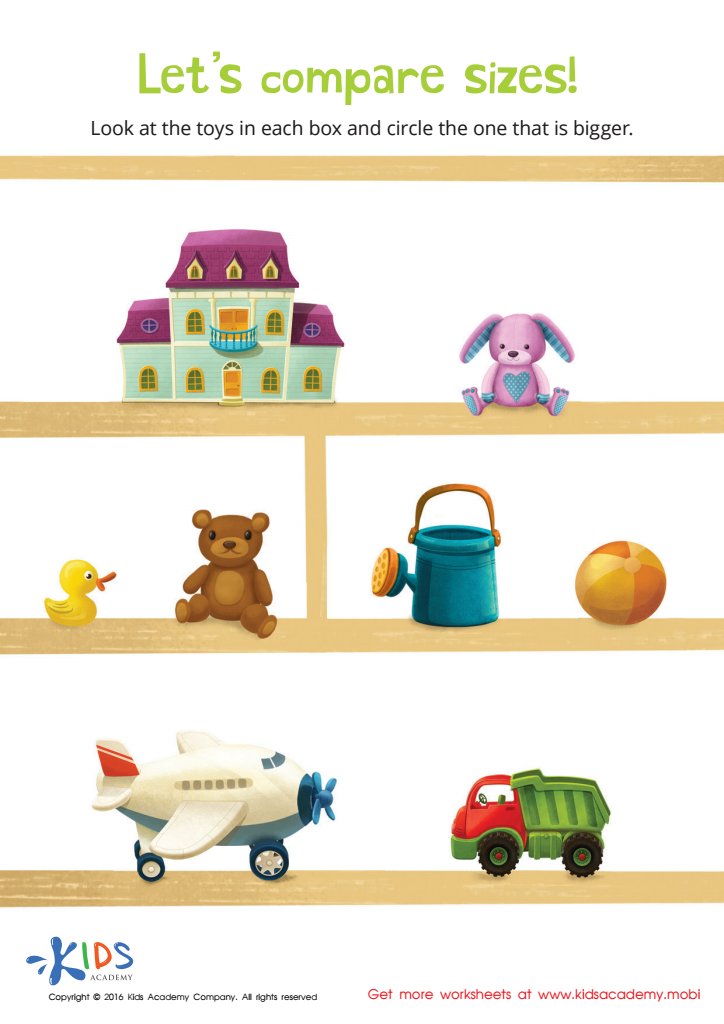

Classifying by Size Sorting Worksheet
Comparing objects is a fundamental skill that fosters critical thinking and problem-solving in preschool children. By engaging in activities that involve comparing sizes, shapes, and quantities, young learners develop essential cognitive skills, including categorization, classification, and reasoning. These skills are foundational for later academic success in subjects such as math and science.
Furthermore, comparing objects enhances observational skills, allowing children to notice details, patterns, and differences, which increases their curiosity and encourages exploration. It also promotes language development as children learn to describe attributes and express their thoughts during comparisons.
Involving parents and teachers in these activities supports a collaborative learning environment. Parents can reinforce these skills at home through everyday experiences—comparing groceries, toys, or even family members—making learning relevant and fun. Teachers can incorporate these concepts into structured play settings, stimulating group discussions that encourage peer interaction.
Ultimately, caring about object comparison aligns with holistic child development, nurturing both cognitive and social skills. By prioritizing these comparisons, parents and teachers enable children to build a solid foundation for quantitative literacy, preparing them for future educational challenges.
 Assign to My Students
Assign to My Students





